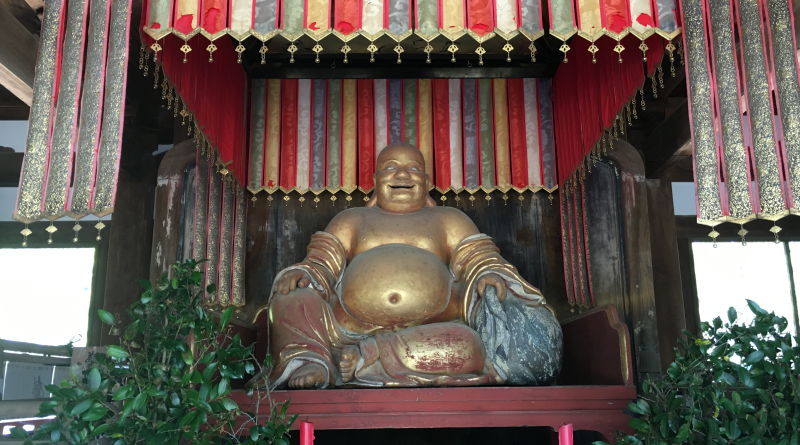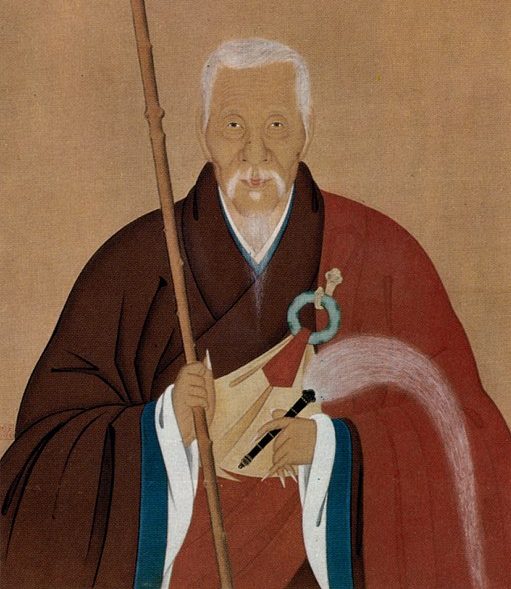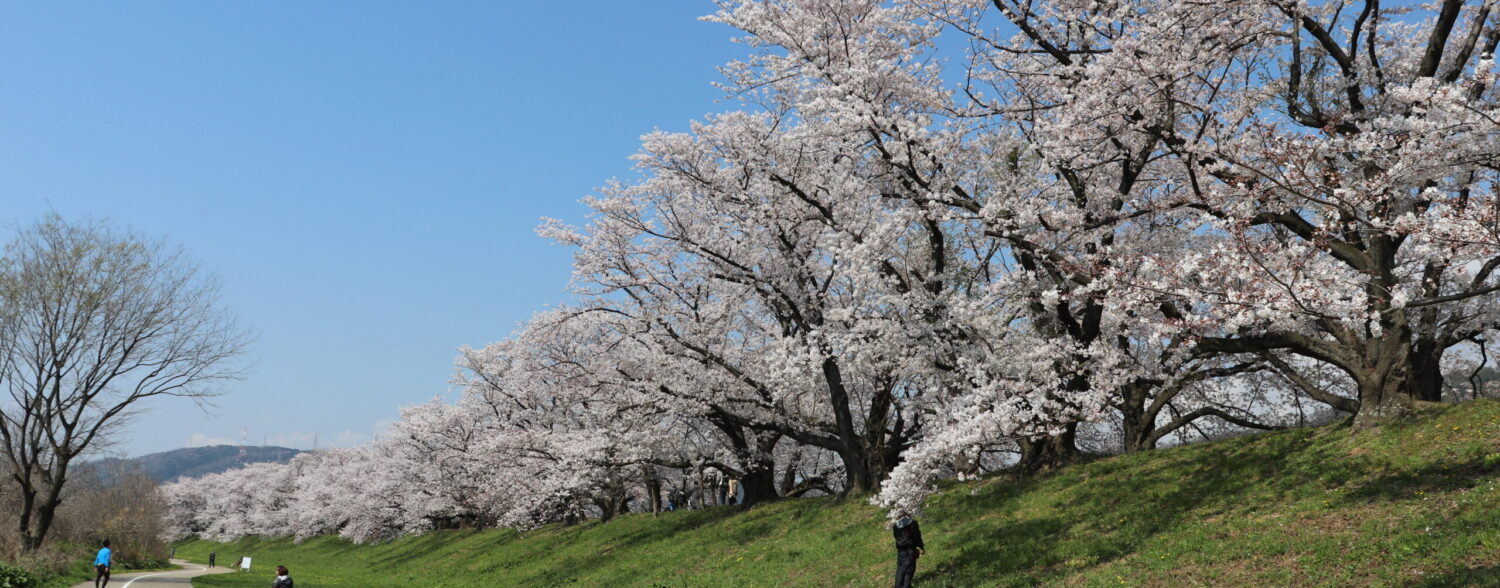
Obakusan Manpuku-ji, Kyoto’s One of a Kind Temple
Despite having come from China, Buddhist temples in Japan are very distinctly Japanese in many respects. However, in Uji, which just south of Kyoto City, is a Zen Buddhist temple that retains its Chinese roots. From the architecture to the chants and even the food, Obakusan Manpuku-ji [黄檗山万福寺] is a rare and ancient example of a traditional Chinese temple in Japan.
The History of Obakusan Manpuku-ji
Manpuku-ji is the main temple of the Oubakushu school of Zen Buddhism. Oubakushu was introduced by a monk called Ingen Ryuki [隱元隆琦] in 17th century.
Restoring Tradition
Zen Buddhism (specifically the Soto and Rinzai schools) came to Japan from China during the Kamakura Period. However, by the Edo Period 400 years later, Zen Buddhism had noticeably adapted to Japanese culture. In order to restore more traditional Zen Buddhist practices, monk Itsunen Shoyu invited Ingen, a famous monk from Wanfu Temple [萬福寺] in China’s Fujian Province, to Japan.

Ingen, who was already an old man at the time, initially declined and instead sent one of his disciples in his place. Unfortunately, his disciple died on the way to Japan. Realizing there was no alternative, the 63 year old Ingen made his way to Japan.
Establishing Obakusan Manpuku-ji
After arriving in Nagasaki news of his arrival in Japan spread quickly, eventually catching the ear of Tokugawa Iemitsu, the fourth shogun of Edo government. The shogun summoned Ingen to an audience and granted Ingen a large plot of land in Uji, Kyoto.
It was on this plot that Ingen built Manpuku-ji, in 1661, giving it the same name as his temple in China, formally establishing Obakushu in Japan.

Amazingly, the temple has never undergone any major changes since its construction in 1661. The buildings on the temple grounds clearly exhibit a number of architectural characteristics the late Ming Dynasty and the temple maintains the teachings Ingen introduced in the 17th century. This means that their practices, especially their chants, are very distinct from other Zen Buddhist schools in Japan.
Temple Grounds

Upon arrive at Obakusan Manpuku-ji, you can notice the distinct Chinese characteristics of the temple right away. The gate is a Pairo style gate, where the middle is taller than the either sides. While this is commonplace in China, it is very rare in Japan. On the top of the gate are two animals that looks like alligators with legs; these are Makara, a mythical Chinese animal.
Though the gate was not that big, the temple grounds are huge. This should come as no surprise after all, since this is the head temple of the Obakushu Zen Buddhism in Japan.

Once you enter the temple grounds, you will see the tennoden straight away. A tenno-den is very characteristic of Chinese temples, and serves as the temple’s entrance. This building also sits directly in front of the main temple building, which is essentially unheard in Japanese temple construction.

Hotei [布袋], one the Seven Happy Gods, sits in the center of Tennoden. Hotei is believed to be another form of Miroku Bosatsu in China.

After Ingen arrived in Japan, he invited famous Chinese sculptor Han Dosei [氾道生] to Manpuki-ji. Han’s works, including this statue of Hotei, are very distinct from Buddha statues made by Japanese sculptors.

What would commonly be a hondo at a typical Japanese temple, the Daihououden is the main temple building at Mapuku-ji where Shakazanzon [釈迦三尊像] is enshrined.

Shakasazon is a combination of three statues, Shaka Nyorai [釈迦如来] in the center plus two other statues, usually two different bosatsu. What is unusual about Obakusan Manpuku-ji is that instead of two bosatsu, there are two rakan [羅漢]: Anan and Daikasho. In Buddhism, a rakan is a monk who attained enlightenment, whereas a nyorai [如来] or a bosatsu [菩薩] is basically a Buddha. I think it is very rare to see rakan right next to Shaka Nyorai–at least in Japan. Maybe it is different in China?
Furthermore, there are as many as eighteen rakan statues near the main statue. Those rakan statues were also made by Han Dosei, so they have very distinctive faces from Japanese one.
The hatto is where sermons are conducted and where the monks study. Because of this, the building is not open to the public.



Points of Interest
There are several other things in this temple, so let me show you some of what we found.
Kaipan
One of the most iconic and famous things in Obakusan Manpuku-ji is the Kaipan, an unusual, yet oddly cute, wooden fish.

Though it may look like just a random fish, the monks use it as a sort of bell. A number of people also speculate that this is the first mokugyo (wooden bell) in Japan. Because fish never close their eyes, this encourages monks to practice with as little sleep as possible. Furthermore, the ball it spits out represents the earthly desire. There are a number of unusual bells, though no others fish shaped, around the temple.


Information: Obakusan Manpuku-ji
| Address |
3-4-Sanbanwari, Gokasho, Uji City, Kyoto Prefecture
|
| Website |
http://www.obakusan.or.jp/
|
| Getting To |
The closest station to Obakusan Manpuku-ji is Oubaku Station off the JR Nara Line or the Keihan Line. From Obaku Station, it’s just a few minutes east on foot to Obakusan Manupuku-ji and the road is very straight forward.
|
| Hours |
Mon-Sun: 9:00-17:00
|
| Admission |
Adults: 500 yen Children: 300 yen
|
| Note |
|

Leave a Reply